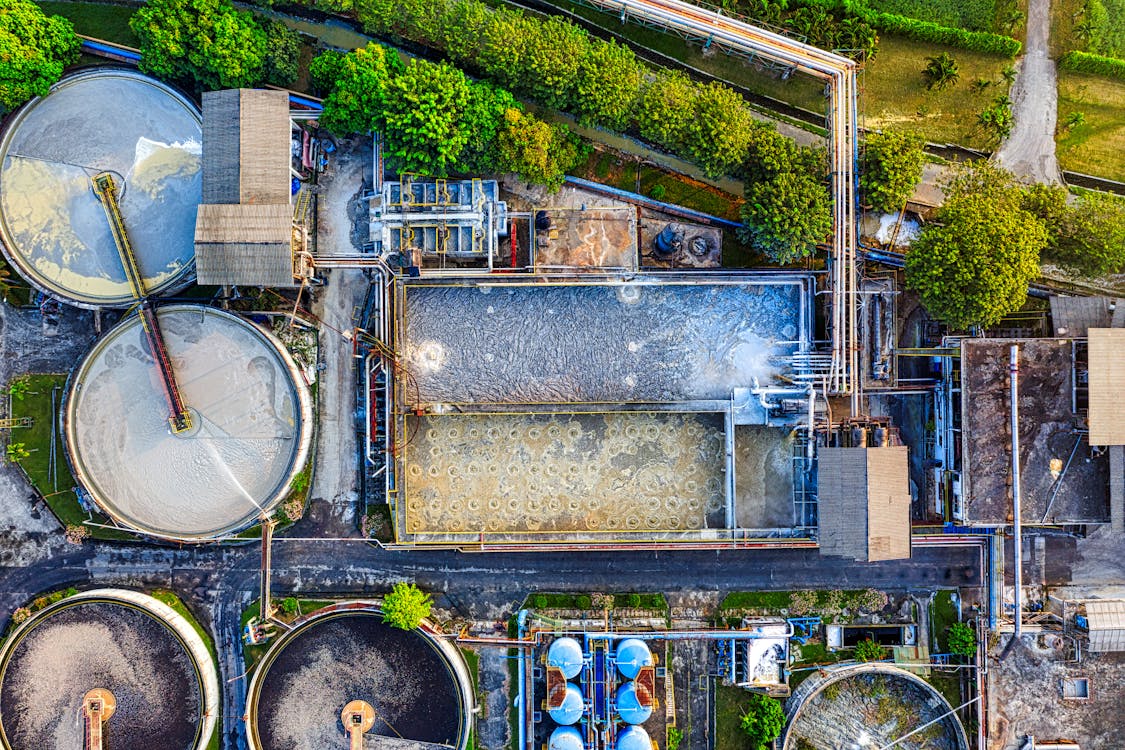Resource Innovation Institute (RII) has taken a significant step towards promoting sustainable practices in Controlled Environment Agriculture (CEA) operations by releasing its Water Circularity Best Practices Guide. This comprehensive guide, available for free download, aims to assist indoor farms and greenhouses in managing water resources efficiently, supporting environmental sustainability while also impacting their bottom line positively.
The Water Circularity Best Practices Guide, now accessible through RII's resource catalog, is the outcome of a collaborative effort involving equipment manufacturers, academia, regulators, utility providers, and RII's in-house experts. Derek Smith, Executive Director of Resource Innovation Institute, highlights the guide's importance as it marks the first comprehensive resource on water efficiency in CEA in North America. It offers valuable insights and guidelines for operations seeking to reduce water consumption and enhance overall efficiency.
The benefits of water efficiency in CEA are manifold. Beyond promoting environmental sustainability, the implementation of best practices can have a direct impact on a facility's financial performance. A 2016 study from Alberta, Canada, revealed that recirculating irrigation water in CEA operations reduced water consumption by 20-40% and lowered fertilizer costs by 40-50%. Such cost-saving measures make the adoption of water efficiency practices a strategic decision for CEA operators.
The Water Circularity Best Practices Guide addresses various critical topics related to water efficiency in CEA, such as reducing irrigation water use in hydroponic and horticultural substrate culture, minimizing climate control water and process water usage, and methods for water recapture. By providing comprehensive guidelines, the guide empowers operations of all sizes to implement water-saving practices effectively.
Derek Smith emphasizes the guide's inclusivity, stating that its recommendations are applicable to operations of any scale. Larger or more advanced facilities can even explore strategies to recycle and remediate multiple water streams using physical, chemical, and biological technologies, paving the way for becoming zero-discharge facilities. The guide, therefore, caters to a wide audience, ensuring that everyone benefits from its insights.
As indoor farming and greenhouse operations continue to grow in prominence, water management becomes an essential aspect of sustainable agriculture. By implementing the best practices outlined in the Water Circularity Guide, CEA operations can play a pivotal role in preserving precious water resources, promoting environmental stewardship, and enhancing their own economic viability.
As the global population increases and concerns about water scarcity escalate, the need for responsible water management in agriculture becomes even more critical. The release of RII's Water Circularity Best Practices Guide marks a significant milestone in the journey towards a more sustainable and efficient future for Controlled Environment Agriculture. CEA operators can now access a valuable resource that guides them towards better water management practices, ultimately benefiting both the environment and their businesses.
Resource Innovation Institute's commitment to providing such resources and fostering collaboration between industry stakeholders reflects a positive step towards building a greener, more sustainable future for agriculture. The Water Circularity Guide serves as a testament to the power of collaboration and knowledge sharing, enabling the CEA sector to make significant strides in sustainable water management and resource efficiency. With this guide at their disposal, CEA operators are poised to contribute to a more sustainable and resilient agricultural landscape.

